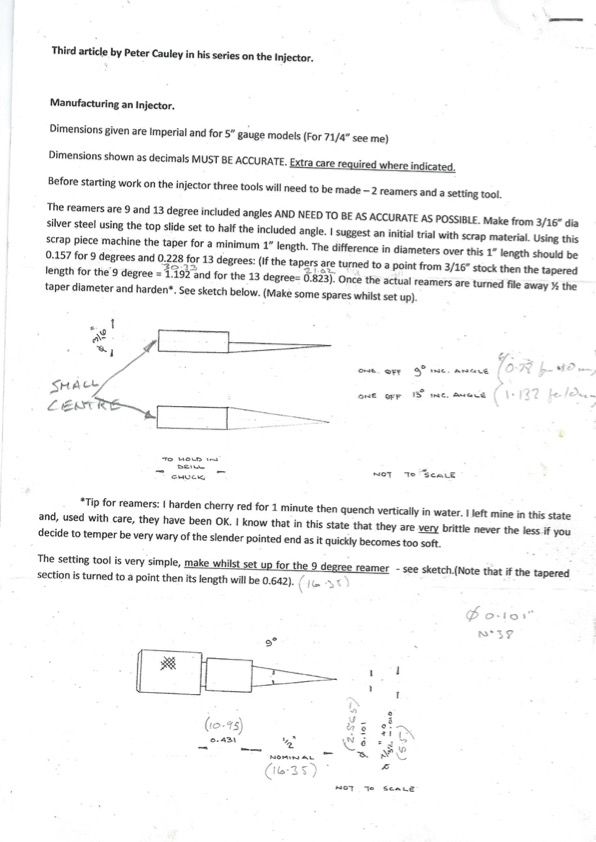Hacksaw Reamers for Injectors
Hacksaw Reamers for Injectors
- This topic has 20 replies, 11 voices, and was last updated 4 January 2022 at 05:08 by
Former Member.
Viewing 21 posts - 1 through 21 (of 21 total)
Viewing 21 posts - 1 through 21 (of 21 total)
- Please log in to reply to this topic. Registering is free and easy using the links on the menu at the top of this page.
Latest Replies
Viewing 25 topics - 1 through 25 (of 25 total)
-
- Topic
- Voices
- Last Post
Viewing 25 topics - 1 through 25 (of 25 total)
Latest Issue
Newsletter Sign-up
Latest Replies




 (hey, it's 24 hours or more of straight driving to drive across the province of Ontario, I only had to go a bit of the way)
(hey, it's 24 hours or more of straight driving to drive across the province of Ontario, I only had to go a bit of the way)

